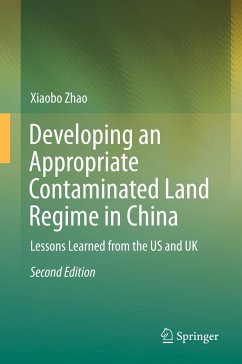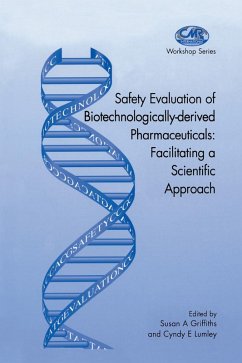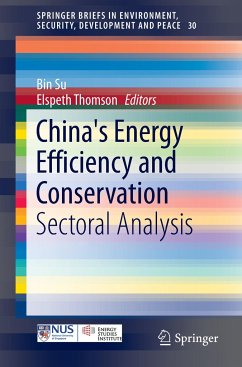
Regulation for Chemical Safety in Europe: Analysis, Comment and Criticism

PAYBACK Punkte
38 °P sammeln!
Many European Union Directives seek to minimize the potential for harm to humans and the environment arising from the use of chemicals. This book takes an interdisciplinary, selective look at the effector mechanisms employed in such directives. It covers the pre-marketing use of toxicology to identify the hazardous properties of chemicals, acknowledging its shortcomings, while contrasting the scientific method with the precautionary principle in developing risk-management practices. The book then goes on to describe the use of bio-indicators, chemical analyses and mathematical modelling for pr...
Many European Union Directives seek to minimize the potential for harm to humans and the environment arising from the use of chemicals. This book takes an interdisciplinary, selective look at the effector mechanisms employed in such directives. It covers the pre-marketing use of toxicology to identify the hazardous properties of chemicals, acknowledging its shortcomings, while contrasting the scientific method with the precautionary principle in developing risk-management practices. The book then goes on to describe the use of bio-indicators, chemical analyses and mathematical modelling for prediction, or to determine the adequacy of chemical safety legislation. The environmental risk assessment of priority chemicals is described and the impact of pesticides on sustainability in agriculture is discussed from the differing standpoints of agronomy and economics.
Audience: All professionals concerned with the safe management of chemicals and their use, including teachers, practitioners, policy makers or legislators.
Audience: All professionals concerned with the safe management of chemicals and their use, including teachers, practitioners, policy makers or legislators.














